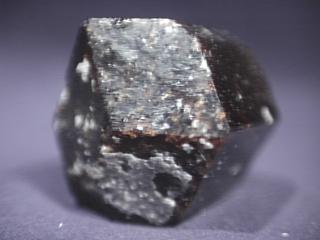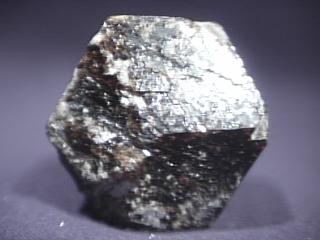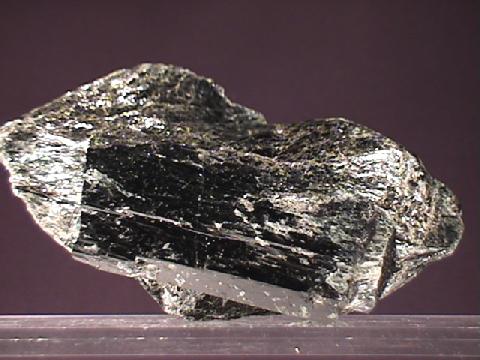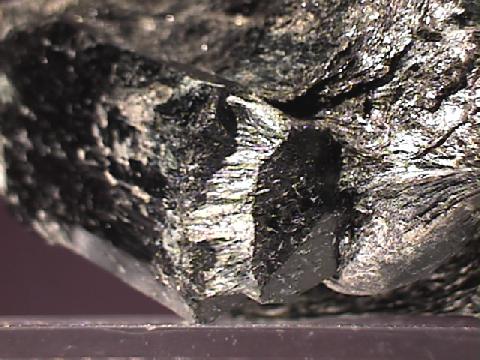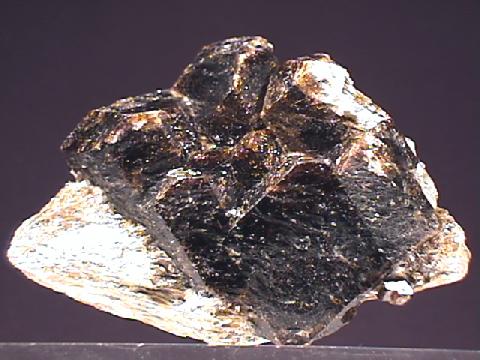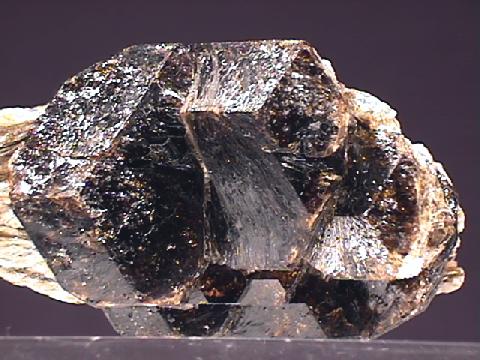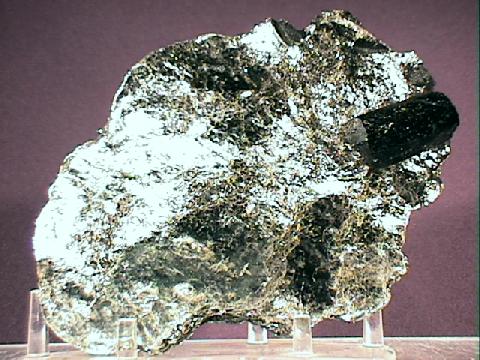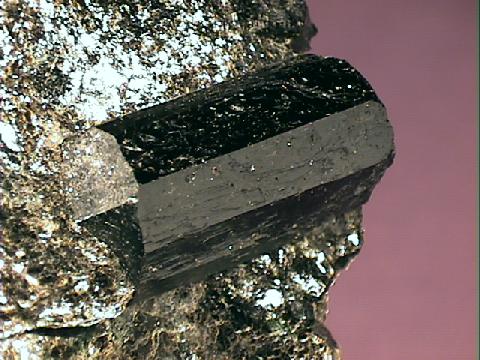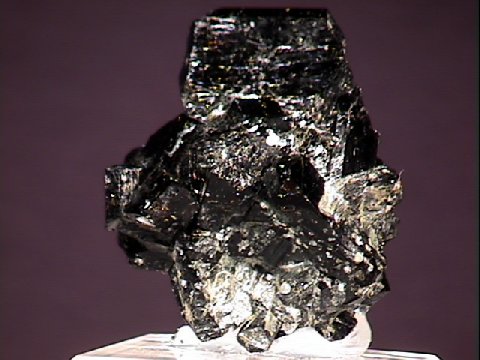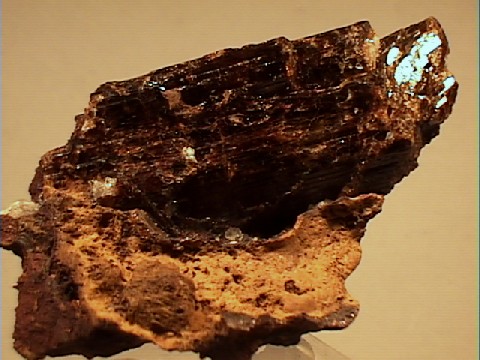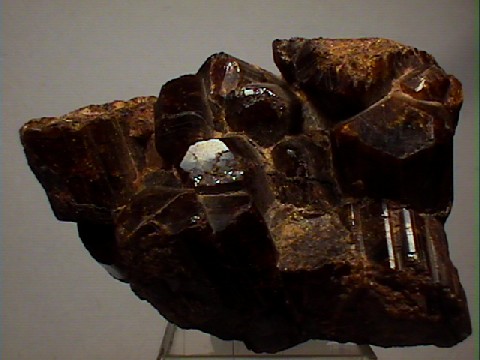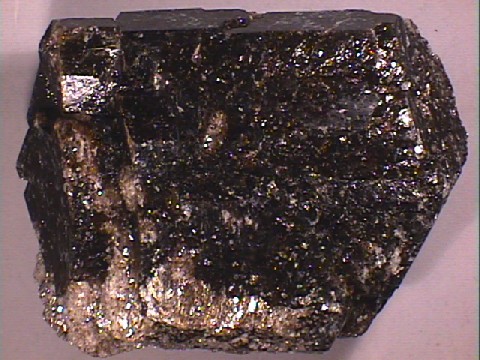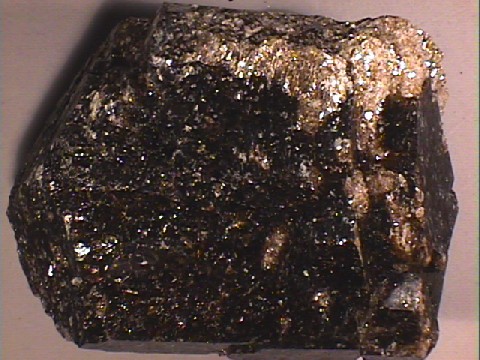 THE MINERAL DRAVITE (Tourmaline)
THE MINERAL DRAVITE (Tourmaline)
- Chemistry: NaMg3(Al,Fe)6Si6O18(BO3)3(OH)4, complex Sodium Magnesium Iron Boro-Aluminium Silicate
- Class: Silicates
- Subclass: Cyclosilicates
- Group: Tourmalines
- Uses: mineral collection specimens
Specimens
Dravite is brown, and will sometimes produce rather large well-shaped crystals that are important specimens in a rock hound's collection.
PHYSICAL CHARACTERISTICS:
- Color is light brown to dark brown.
- Crystal Habit is typically elongated three sided prisms. The terminations can be either a simple to complex trigonal pyramid or a flat basal face. The prism faces are striated lengthwise. In cross section, all tourmalines will appear predominantly triangular in shape with some crystals showing a hexagon. Doubly terminated crystals are hemimorphic meaning that the two ends of the crystal are not exactly alike. Massive forms can also be found.
- Transparency: crystals are translucent to opaque.
- Crystal System is Trigonal; 3m
- Hardness is 7 - 7.5
- Specific Gravity is 3.2+ (slightly heavier than average)
- Cleavage is absent although there is basal parting.
- Fracture is uneven to conchoidal.
- Luster is vitreous.
- Associated Minerals include those associated with metamorphic rocks such as micas, feldspars and quartz.
- Other Characteristics: crystals are brittle and refractive indices = 1.62 and 1.68 .
- Notable Occurances include brazil and some other South American countries, and Africa.
- Best Field Indicators are crystal habit, triangular cross-section, color and hardness.

